The rusting and disintegrating hulk of a former World War Two landing ship has become an unlikely but dangerous flashpoint in US-China relations. The Sierra Madre, built for the US Navy to land tanks, has for several decades been stranded on a shoal in the South China Sea. But now it has become a symbol of Beijing’s growing aggression in the region and its disdain for international law.
The Philippines, which bought the ship in 1976, intentionally grounded her on the largely submerged Second Thomas Shoal in the Spratly Islands in 1999 to defend their claim to the territory. There she has remained to this day as a lonely symbol of sovereignty and home to a small contingent of Philippine marines. For many years, the biggest threat came from the weather, eating away at the hull to the point where it is now starting to fall apart. Now the threat comes from Beijing, which claims almost the entire South China Sea as its territory. This has led Washington to step up warnings that the Sierra Madre is covered by a mutual defense treaty between the US and the Philippines. At a summit this week between President Joe Biden and Philippine president Ferdinand Marcos Jr., Biden said the alliance was “ironclad” and applied to any attacks on Philippine armed forces.
In recent months, the Chinese coastguard has sought to prevent the Philippines from resupplying the ship, ramming Philippine vessels and firing high-power water cannons at them. There have been several injuries. In one incident, some fifteen Chinese ships — outnumbering the Philippines’ ships four to one — surrounded, jostled and cut up their rivals, colliding with two of them. At last week’s summit at the White House, which was also attended by Japanese prime minister Fumio Kishida, the leaders expressed “serious concerns” about China’s “dangerous and aggressive behavior in the South China Sea” and its “repeated obstruction of Philippine vessels’ exercise of high seas freedom of navigation and the disruption of supply lines to Second Thomas Shoal.”
Although described as a coastguard, the Chinese fleet is bigger and better equipped than most countries’ navies and is being used increasingly to enforce territorial claims that have been ruled as illegal under international law. They have harassed fishing boats, as well as oil and gas exploration vessels from other claimants to the territory, including Vietnam and Malaysia. Beijing’s immediate aim around Second Thomas Shoal is to prevent the Philippines from taking in materials to reinforce the ship and extend its life. US officials believe the ultimate aim is to take the shoal and turn it into an artificial island and military base, as it has elsewhere in the Spratly Islands.
Second Thomas Shoal lies just over 100 nautical miles west of the Philippine island of Palawan, well within the country’s 200 miles exclusive economic zone. It is more than 600 miles away from China. In a 2015 ruling, the permanent court of arbitration in the Hague ruled that Beijing’s “historic claim” to the South China Sea was unlawful under the United Nations convention on the law of the sea (UNCLOS). The tribunal also said that China had violated Philippine sovereign rights in its exclusive economic zone by interfering with Philippine fishing and petroleum exploration. The ruling was ignored by Beijing.
The case was brought by the Philippines in 2012, but by the time of the ruling three years later, Rodrigo Duterte was the country’s president. He was rapidly falling out with America and cozying up to China and all but disowned the ruling. When President Barack Obama criticized his brutal war against drugs, in which thousands of suspects were gunned down in extra-judicial killings, Duterte said the US president could “go to hell.” His campaign was rumored to have been financed in part by Beijing and during a visit there he announced what he called his “separation” from the US, at one point telling a crowd in the Chinese capital, “I will not go to America any more. We will just be insulted there. So, time to say goodbye my friend.”
The Philippines media has reported that Duterte did a secret deal with Beijing under which he would not send repair materials to the Sierra Madre. However, over time, Duterte’s love-in with China became an object lesson in the futility of appeasing the Chinese Communist Party. Promised investment never materialized, Beijing has continued to harass vessels from the Philippines, and occupy reefs and shoals claimed by the Manila. The CCP took Duterte for a fool, and he behaved like one.
His successor, President Ferdinand Marcos Jr., elected in 2022, appears to have learned from that experience. The son and namesake of the country’s former dictator has taken a far tougher line on China. “We seek no conflict with any nation, more so nations that purport and claim to be our friends, but we will not be cowed into silence, submission, or subservience,” he said. Marcos has also re-invigorated and extended the military pact with the US, giving American troops access to four additional bases in the country, doubling the number in the original agreement. There is also talk of Japan deploying troops to the Philippines as part of a security pact to deter China.
For Washington, the extended deal with Manila is part of a border strategy, a move towards greater mobility and access — pre-positioning kit rather than permanent bases, which might be more vulnerable to China’s growing arsenal of long-range missiles. The flip side of this is, of course, that Manila expects to be protected from Chinese bullying. Beijing’s harassment around Second Thomas Shoal is part of a pattern of increasingly aggressive behavior in the region and a test of the alliance. This is why the fate of the Sierra Madre is about so much more than an old rust-bucket stranded on a shoal.
This article was originally published on The Spectator’s UK website.



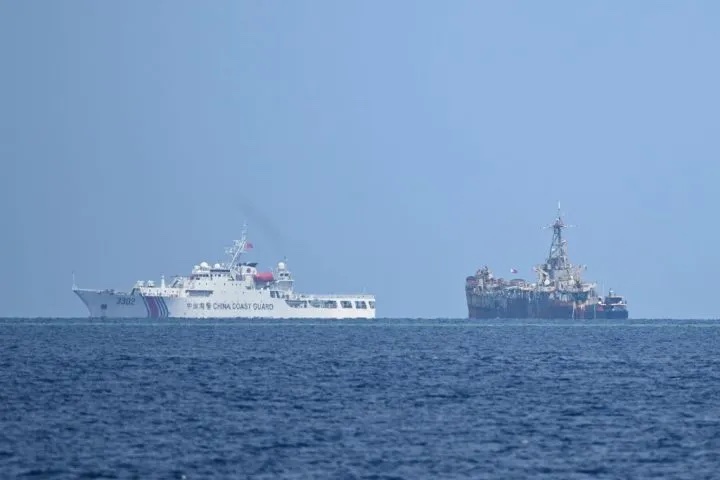






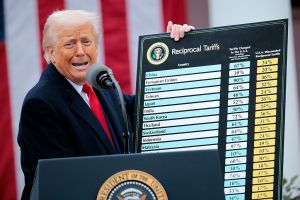
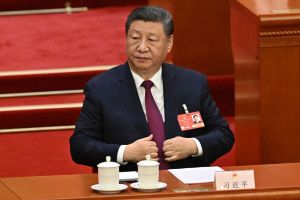

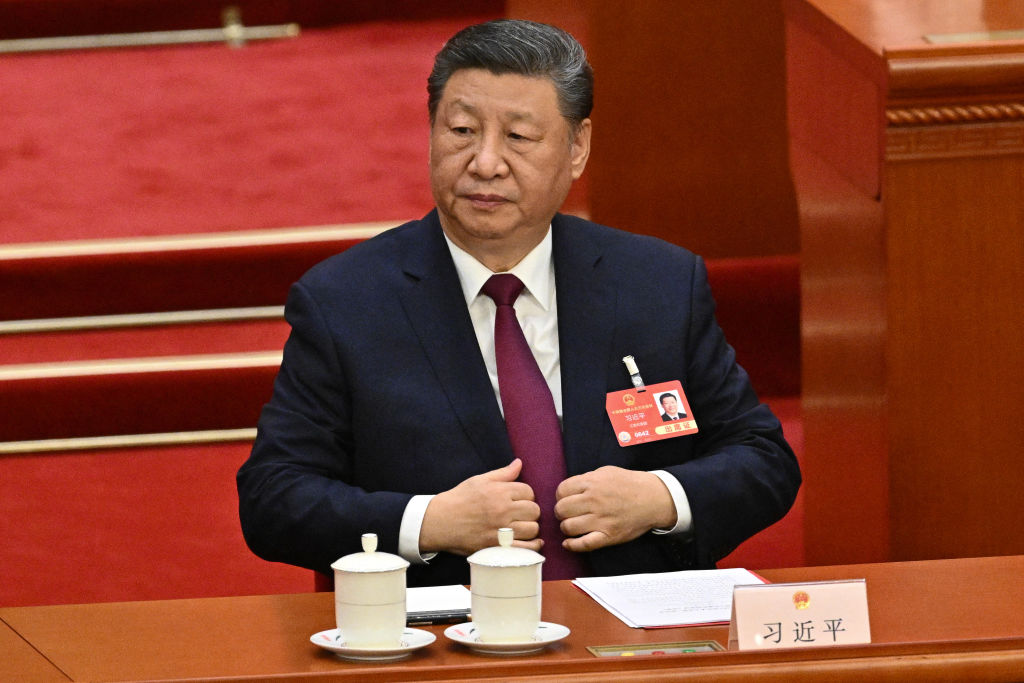
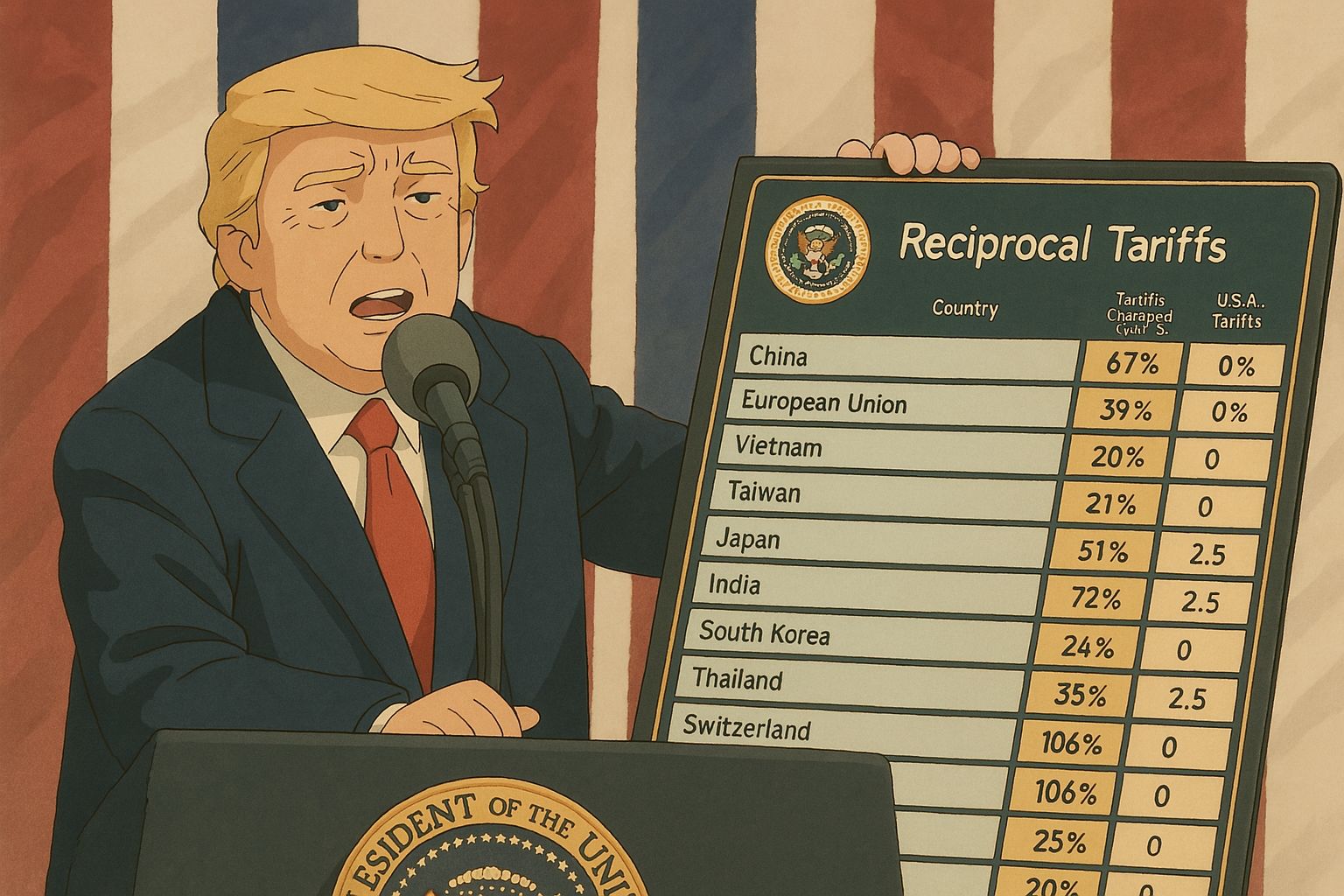

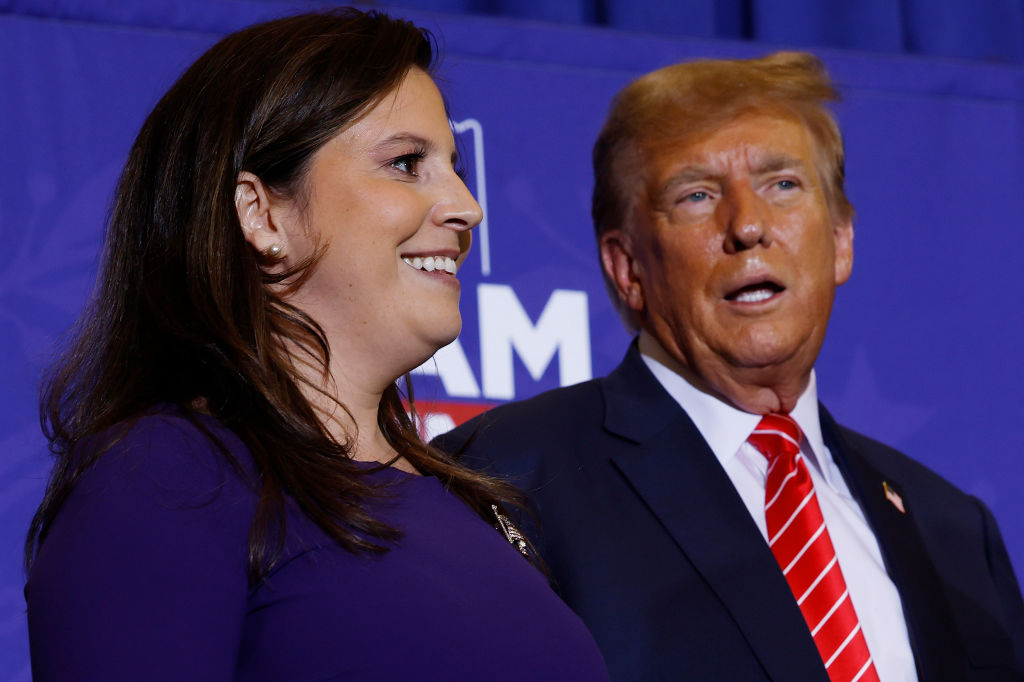

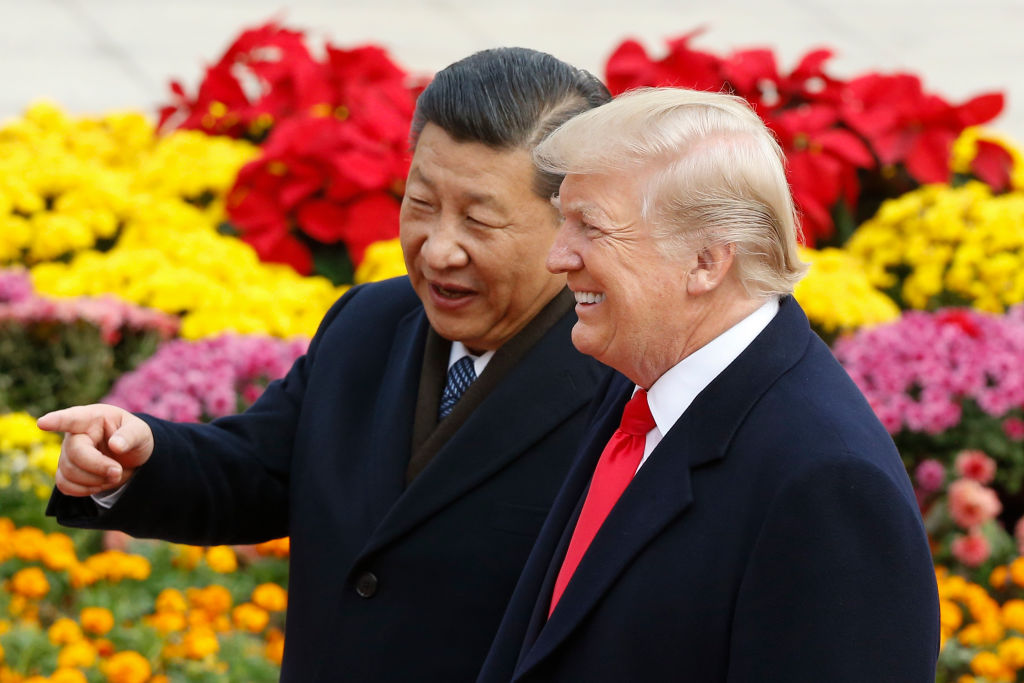







Leave a Reply